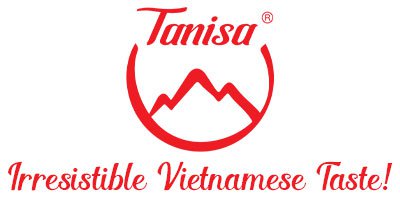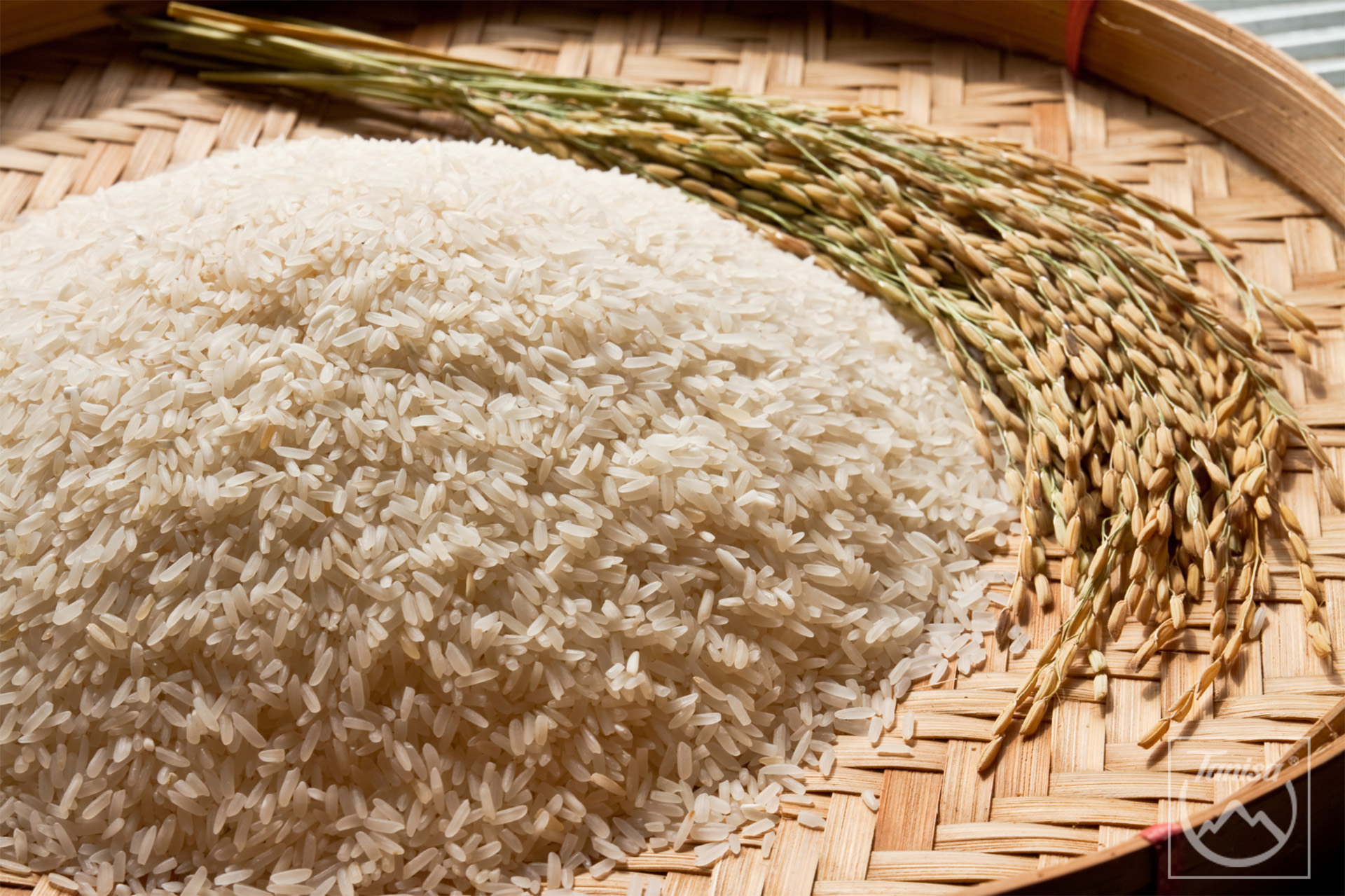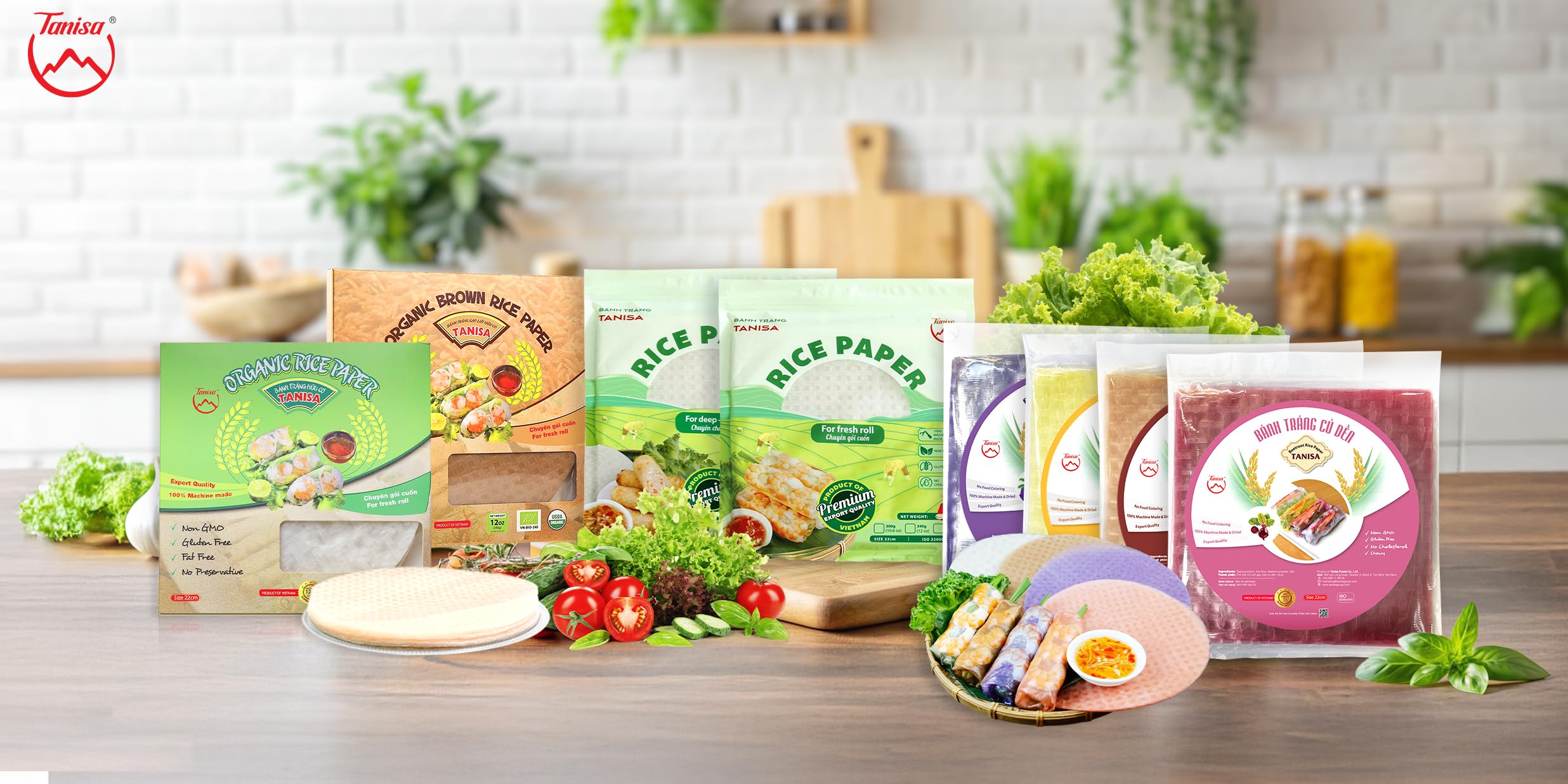The Production Journey of Rice Paper: From Grain to Global Delicacy
Rice paper – a name so familiar that it has become a symbol of Vietnamese culinary finesse and versatility. From refreshing spring rolls, crispy Nem, to the “national snack” Tay Ninh specialties and the sizzling delight of grilled rice paper, this humble sheet carries the essence of Vietnam’s food culture.
But have you ever wondered: how do pearly grains of rice transform into thin, elastic, and fragrant sheets of rice paper? And in today’s era of technology, is the traditional production method still alive? Let’s explore this fascinating journey—from handcrafted traditions to international-standard modern production as pioneered by Tanisa.
Stage 1: Ingredient Preparation – The Foundation of Quality Rice Paper
A high-quality rice paper begins with meticulous ingredient selection. This step is critical, especially for export rice paper, where strict standards of quality and food safety are required.
Rice – The Soul of Rice Paper
The type of rice determines the texture and quality of the final product. Depending on the variety (for spring rolls, frying, or dew-dried rice paper), producers may use white rice, mixed rice, or even brown rice. At Tanisa, only carefully selected, premium-grade rice is used to ensure consistent elasticity and flavor.
Supporting Ingredients:
- Water: Clean, pure water directly affects clarity and taste.
- Salt: Added in precise amounts for flavor and elasticity.
- Tapioca starch: Used in certain types to increase clarity, elasticity, and reduce breakage.
- Natural coloring/flavoring: For special varieties like organic rice paper (with butterfly pea flower, beetroot, turmeric), sesame rice paper, or chili rice paper—ensuring natural and safe sources.
Once selected, the rice is soaked for the right duration, rinsed thoroughly, and drained—strictly following food safety guidelines.
Ingredient prepare
Stage 2: The Main Steps – From Tradition to High-Tech
After preparation, the journey of rice begins its magical transformation into rice paper:
Step 1: Grinding the Rice into Wet Flour
- Traditional method: Soaked rice is ground manually with stone mills—requiring strength and patience to produce a smooth rice-water mixture.
- Modern method: At large-scale producers like Tanisa, advanced industrial mills ensure uniform fineness, hygiene, and efficiency.
Step 2: Mixing the Batter
The ground flour is blended with water at precise ratios to achieve the ideal viscosity and elasticity. Salt, starch, or natural vegetable powders may be added in a controlled environment to ensure consistency.
Step 3: Steaming/Spreading the Sheets
- Handcrafted: Skilled artisans ladle a thin layer of batter onto a cloth stretched over boiling water. Steam cooks the sheet quickly before it is lifted with bamboo sticks.
- Industrial (Tanisa): Fully automated conveyor systems spread and steam the batter evenly in a closed environment—ensuring hygiene, uniform thickness, and faster output.
Step 4: Drying the Sheets
- Traditional sun-drying: Sheets are laid on bamboo mats to dry naturally in the sun, absorbing unique flavors but dependent on weather.
- Modern drying (Tanisa): Industrial dryers with temperature and humidity control ensure consistent quality, flavor retention, and compliance with export standards.
Step 5: Cutting & Sorting
Some varieties, like square rice paper for Nem, are cut by automatic machines for precision and consistency, then carefully sorted so only the finest sheets move forward.
Step 6: Packaging & Preservation
The final step involves strict quality inspection, followed by moisture-proof, hygienic packaging that meets HACCP and ISO standards. Labels include production date, shelf life, and storage instructions—essential for global distribution.
Tanisa products packaging
Tradition vs. Modern Production – How Tanisa Sets the Benchmark
Traditional Process
- Advantages: Maintains the artisanal “soul,” unique flavors of local craft villages, and preserves cultural heritage.
- Limitations: Low productivity, weather dependence, hygiene risks, and difficulty meeting export requirements.
Modern International Standards (Tanisa)
Key Advantages:
- Advanced technology: Automation ensures speed, precision, and minimal human contact.
- Closed-loop hygiene control: From raw materials to finished products, meeting global safety standards.
- Consistency: Every batch has the same elasticity, thickness, and flavor.
- High productivity: Meets domestic and global demand.
- Export compliance: Certified under international food safety standards, enabling global expansion.
Limitation: High initial investment and a potential loss of some “handcrafted charm.” However, this is outweighed by superior quality, safety, and international reach.
Conclusion: The Global Value of Vietnamese Rice Paper
From humble grains of rice, through grinding, steaming, drying, and packaging, each sheet of rice paper carries the craftsmanship and dedication of the Vietnamese people. Whether made traditionally or through modern technology, the goal remains the same: to create quality rice paper that enriches Vietnamese cuisine.
Thanks to advanced technology and strict international standards, as applied by Tanisa, Vietnamese rice paper not only preserves its traditional flavors but also elevates its quality—confidently reaching global markets and showcasing the pride of Vietnam’s culinary heritage.
Which step in the rice paper-making journey impressed you the most?
TANISA FOODS JSC, a strong brand in the market for the production and distribution of specialty products (rice paper, rice noodles...) and spices (seasoning) which exported to some countries such as USA, France, South Korea, Japan, Russia, Brunei...
TANISA FOODS JSC
Factory add 1: 188 Lac Long Quan Street, Quarter 3, Tan Ninh Ward, Tay Ninh Province, Vietnam
Factory add 2: Phu Hoa Dong, Cu Chi, Ho Chi Minh City, Viet Nam
Office in HCMC: 18th Floor, Vincom Building, 72 Le Thanh Ton Street, District 1, Ho Chi Minh City, Vietnam
Warehouse in HCMC: 2/3 Binh Gia, Tan Binh District, Ho Chi Minh City, Vietnam
Hotline: +84 938 118 699 (WhatsApp/WeChat), +84 938 198 299 (Zalo)




Email: marketing@tanisagroup.com
Website: www.tanisagroup.com
Facebook: Tanisa Foods JSC
Instagram: Tanisa Kitchen
Youtube: Tanisa Kitchen





Xem thêm